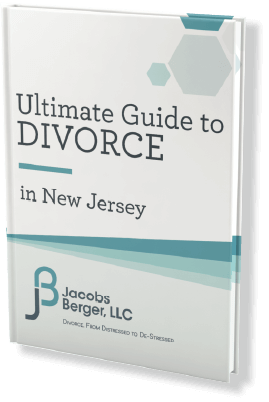
In reality, however, the mechanics of physically separating from your spouse or significant other – especially when there is no Court Order granting just one party a superior right to the residence over the other – isn’t always as easy as telling them to hit the road. It also can become a much thornier issue when children are involved.
Without a Domestic Violence Restraining Order giving one party “exclusive possession” to the shared residence, lawyers must rely on case law that is over thirty years old in order to help clients get their significant other out of the shared residence while in the midst of separation or divorce proceedings (the “pendente lite” period). In order to support an exclusive possession case, a party must show that due to the extreme cruelty experienced by the moving party, it would no longer be safe or realistic to reside together, and the responding party must leave. Roberts v. Roberts, 106 N.J.Super. 108 (Ch. Div. 1969). The application filed by the moving party may result in a “Roberts hearing,” which is used to determine whether or not the moving party will be granted exclusive possession. The decision in the Roberts case was one of the first to order a spouse out of the marital home that the spouses shared an ownership interest in. It has been further recognized since Roberts that when children are involved (as the decision in Roberts did not involve children), the courts are entitled to consider what would be necessary in order to provide a “stable home” for the children when the circumstances require such in light of the courts’ jurisdiction to protect the best interests of children. Burger v. Burger, 6 N.J. Super. 52, 54 (App. Div. 1949); S. v. A., 118 N.J. Super. 69, 70 (Ch. Div. 1972).
Getting a significant other out of a shared residence using the above case law is not easy or guaranteed, nor does filing a request under Roberts lead to immediate relief. Thus, parties (and their attorneys) are often tasked with finding a creative solution to the problem of where the parties will live during and after a separation/divorce. There are often financial considerations that must be given weight during the discussion as well. Quite simply, there is no “one size fits all” solution for how to deal with the logistics of where each parent and where the children will live during a separation/divorce or after a decision/agreement is rendered, however the most popular options include…
Separate Residences
Some families can afford a separate residence for each partner to live in during and/or after the proceedings. However, even if two residences can be supported financially, it may not be in the best interests of the children to separate the family pendente lite. The decision to actually take on two residences may also be delayed or made impracticable by the fact that, without a final agreement on custody and parenting time, the parent who is leaving the shared residence cannot or does not want to commit to securing the second residence.
Nesting
Other families choose to “nest,” either by choice or by the simple fact that a separate residence is unaffordable. They may do so either during the proceedings or after (or both). Nesting entails keeping one common residence that only one parent resides in exclusively during their parenting time with the children. Essentially, with nesting, it is the parents, and not the children, that move back and forth each week. Some parents may cycle in and out of the same separate residence when it is not their parenting time, or “crash” with friends/family.
Shared Spaces
For some others, though, as was recently examined in the New York Times, some parents have taken to sharing neighborhoods, and sometimes even buildings, in order to make the adjustment during and after a separation/divorce easier for their children. As the article found, it is also often convenient and comfortable for the parents themselves, who have a trusted partner nearby when an emergency happens or the child forgets a necessary item during a parenting time exchange. While the article focused on families in New York City, this is by no means a problem for only New York City families and a solution only available for New York City families. To support certain parenting time schedules – especially those where the parties exercise exactly equal parenting time or there are mid-week overnights requiring drop-offs/pick-ups at school – living close together, if not in the same town and school district, is vital (though certainly not required) to make the adjustment a comfortable one for everyone involved.
During and/or after an especially contentious separation/divorce, not every parent will be ready and able to make the kind of commitment as those parents featured in the New York Times. However, the arrangements that the featured parents have come to live with show that there are more options out there than popular culture wants you to believe exist.






